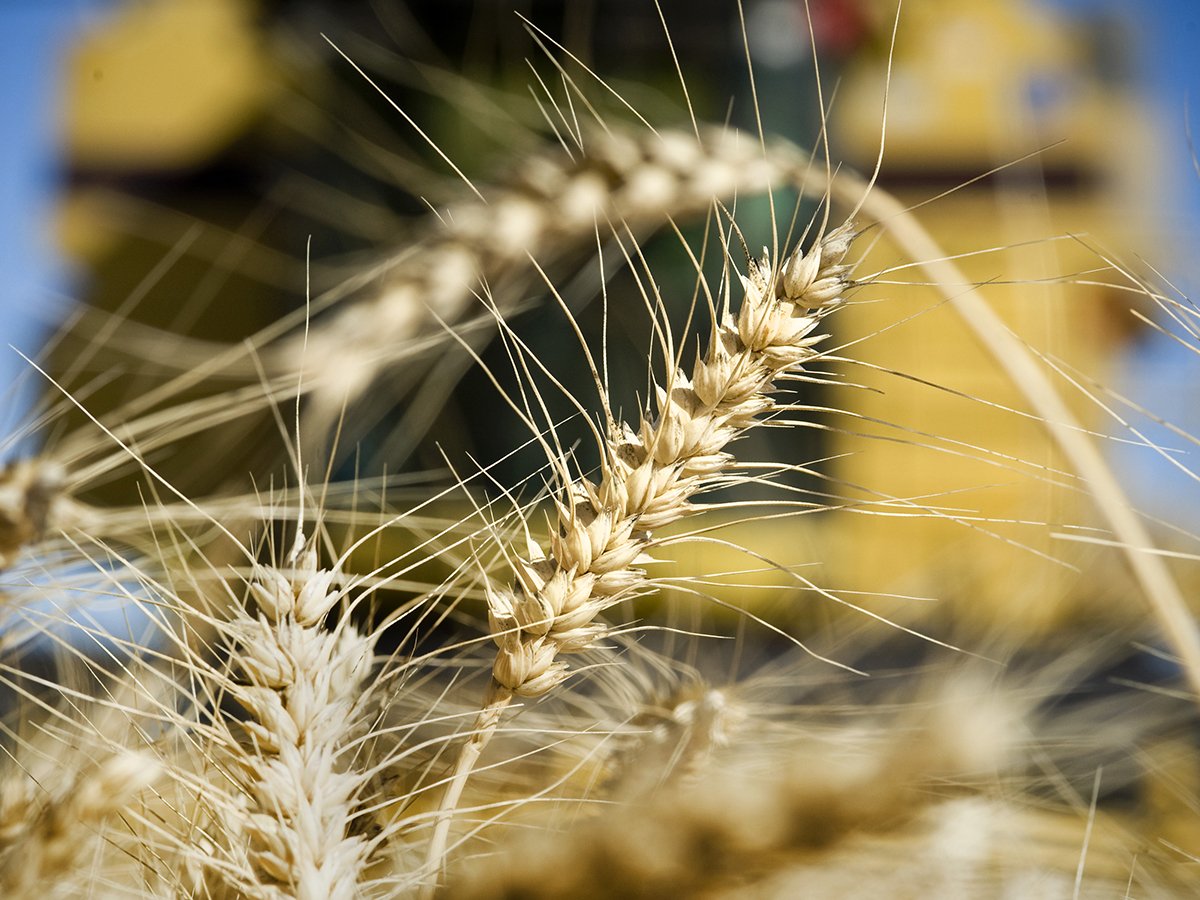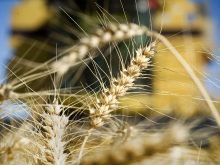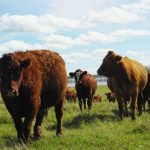The first trickle of data from Statistics Canada’s massive 2001 census
shows a continued population shift from rural to urban centres.
Almost 80 percent of the nation lives in urban areas – defined as
communities with 10,000 or more people. That compares to 78 percent in
the 1996 census.
Manitoba, Saskatchewan and Alberta all experienced a slight shift from
rural to urban centres in the five years between the two head counts.
In Alberta, that shift was more than offset by a surge in population.
Read Also

European wheat production makes big recovery
EU crop prospects are vastly improved, which could mean fewer canola and durum imports from Canada.
The province grew by 10.3 percent between 1996 and 2001, much faster
than the national growth rate of four percent during the same period.
Although more Albertans are living in larger centres in terms of
percentages, the rural population still grew by 15,636 people.
The same can’t be said for Manitoba and Saskatchewan. Manitoba’s rural
community basically held its own, with a slight increase of 427 people.
Saskatchewan lost 13,162 rural folks since the last census.
Opposition Saskatchewan Party leader Elwin Hermanson said the NDP
provincial government is to blame for the province’s falling numbers.
Economic and co-operative development minister Eldon Lautermilch said
it simply reflects the challenges of the last two years in the
agriculture sector.
Other analysts say there are a variety of reasons Saskatchewan
experienced a drop in rural population. Most agree the province has an
undeveloped livestock sector compared to its neighbours.
Al Scholz, executive director of Saskatchewan Agrivision Corporation
Inc., a group promoting a new vision of economic development for the
province, said less than one-quarter of Saskatchewan’s farmgate revenue
comes from livestock. In other provinces with significant agriculture
economies, that sector accounts for close to half of what farmers earn.
“We’re out of balance in terms of a mixture between crops and
livestock,” said Scholz. “Alberta and Manitoba are just ahead of the
curve on us on making that transition.”
Chuck Fossay, vice-president of Manitoba’s Keystone Agricultural
Producers, said Manitoba’s diversification into hogs and cattle has
allowed the province to maintain its rural population.
University of Saskatchewan agriculture economist Rose Olfert said if
you take a wide strip of land between Drumheller, Alta., and Brandon,
Man., you would see a similar decline in farm population among all
three provinces.
But there are parts of Alberta and parts of Manitoba that are quite
different than Saskatchewan and those areas are skewing their rural
populations higher.
Alberta has oil and gas towns, tourist towns and communities along the
well-travelled corridor between Edmonton and Calgary that are all
seeing growth. It has a relatively prosperous agriculture sector in the
southern part of the province based on cattle feeding and irrigation.
Manitoba has an advantage in having fewer rural communities than
Saskatchewan, said Olfert. It also has towns south of Winnipeg like
Steinbach, Morden and Winkler where there are manufacturing and
livestock industries.
Sask Trends Monitor publisher Doug Elliott said he doesn’t know if the
solution for Saskatchewan is hog barns, ethanol plants, organic farming
or something else.
“All I know is that we can’t carry on doing what we’re doing. We can’t
keep getting bigger and bigger farms growing more and more wheat. That
isn’t doing the trick.”
















